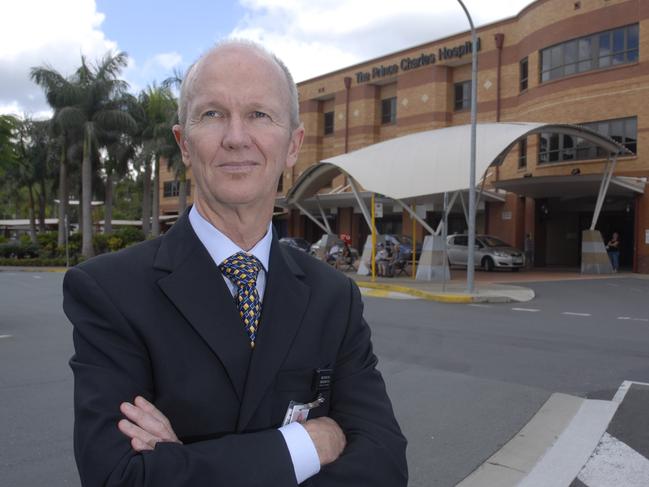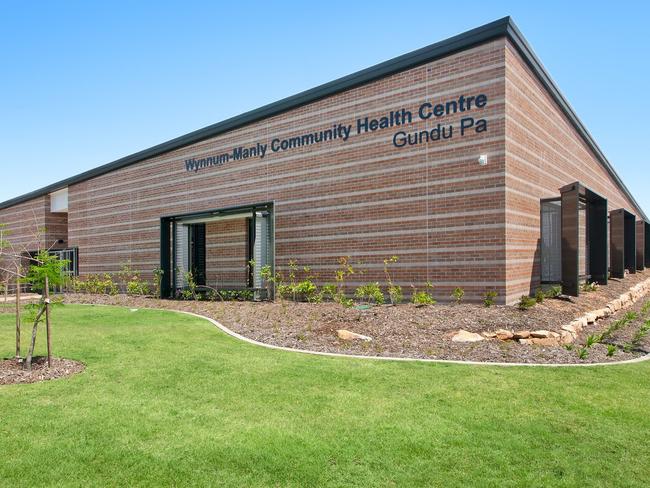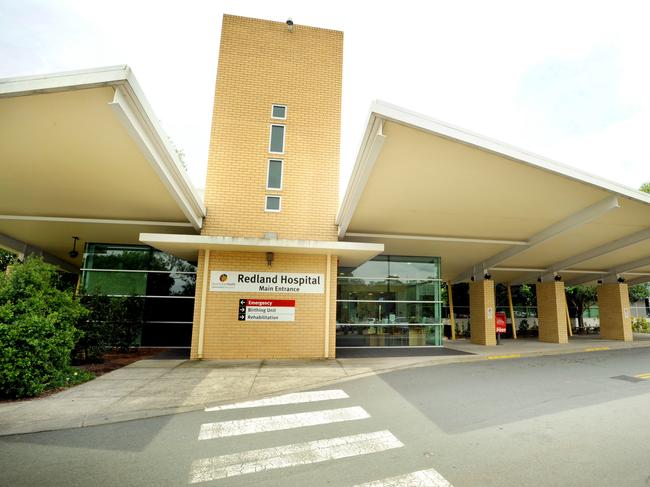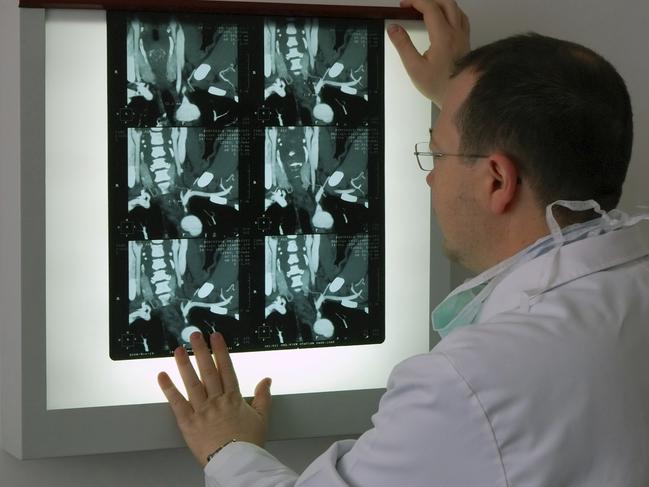Health service’s waiting time slashed
THE list of people waiting more than two years for specialist outpatient appointments within Metro South Health has been cut by more than 95% over the past three years. The remarkable turnaround has been revealed in the service’s 2017-18 annual report released this week.
Local
Don't miss out on the headlines from Local. Followed categories will be added to My News.
THE list of people waiting more than two years for specialist outpatient appointments within Metro South Health has been cut by more than 95% over the past three years.
The remarkable turnaround has been revealed in the service’s 2017-18 annual report released this week.
Metro South Health chief executive Dr Stephen Ayre said in 2015-16, more than 11,000 people had been waiting more than two years for a specialist outpatient appointment.
At the end of June 2018, the figure was just 67 people.

“We also reduced the wait times for endoscopies. The number of people waiting longer than
clinically recommended for an endoscopy fell from more than 2700 in January 2017 to just
219 patients at the end of June 2018,” Dr Ayre said.
Metro South Health is the major provider of public health services in the Brisbane south side, servicing more than a million people across a catchment that spans from the Brisbane River in the north to Redland City in the east and south to Logan.
Its facilities include Logan Hospital, Redland Hospital and the Wynnum-Manly Community Health Centre.

Releasing the annual report, Metro South Health Board chair Janine Walker said becoming Australia’s first digital health service was a standout achievement of the year.
The health service had completed its “ambitious” Digital Hospital project, rolling out electronic medical records across all its hospitals to make it the nation’s first digital health service.
“Our digital systems help us provide more accurate, efficient and personalised care,” Ms Walker said.
“In a digital hospital all medical records are electronic instead of paper files. Our clinicians
now have instant, up-to-date information about patients, including test results, medications
and vital signs.
“This provides our clinicians with a better overview of a patient’s wellbeing and allows them to tailor treatments more effectively or take action earlier in an emergency.”
The service had also worked closely with families and community groups to open Logan’s first three Maternity and Child Health Hubs, she said.

They allowed women to easily access continuous care throughout their pregnancy in the
familiar surroundings of their community.
Ms Walker said considerable investment in new, community-based infrastructure had made
it easier for people to access high quality healthcare that suited their local needs.
“In October 2017 we opened the state-of-the-art Wynnum-Manly Community Health Centre,
Gundu Pa.
“Many of the services at the $13.6 million centre are new to the area or expanded, including a 24-hour primary care clinic and specialist outpatient clinics.”

Chief executive Dr Ayre said the health service had continued to provide high quality care in the face of widespread rising demand, an increasing population and large-scale change.
“Many of our services are the busiest they have ever been and we have concentrated on the
safe and successful rollout of electronic medical records at several facilities,” he said.
As well as the reduction in the two-year waiting list for specialist outpatient appointment, “notable improvements” included reduced the wait times for endoscopies, with the number of people waiting longer than clinically recommended falling from more than 2700 in January 2017 to just 219 patients at the end of June 2018.
“We also carefully managed access to elective surgery,” he said.
“At the end of June 2018, just 26 patients were waiting longer than clinically recommended for elective surgery – the same as the end of June 2017.”


